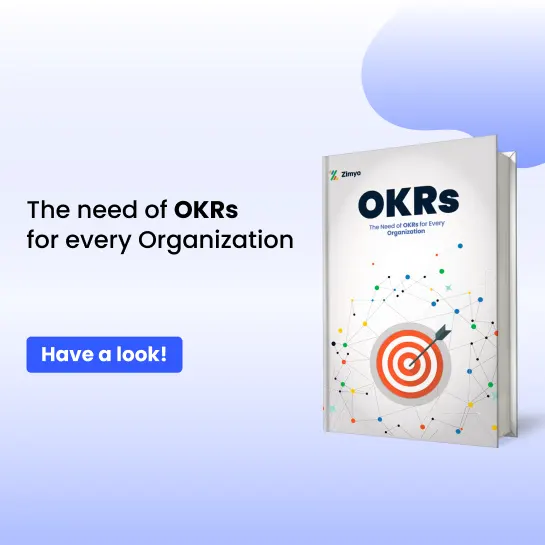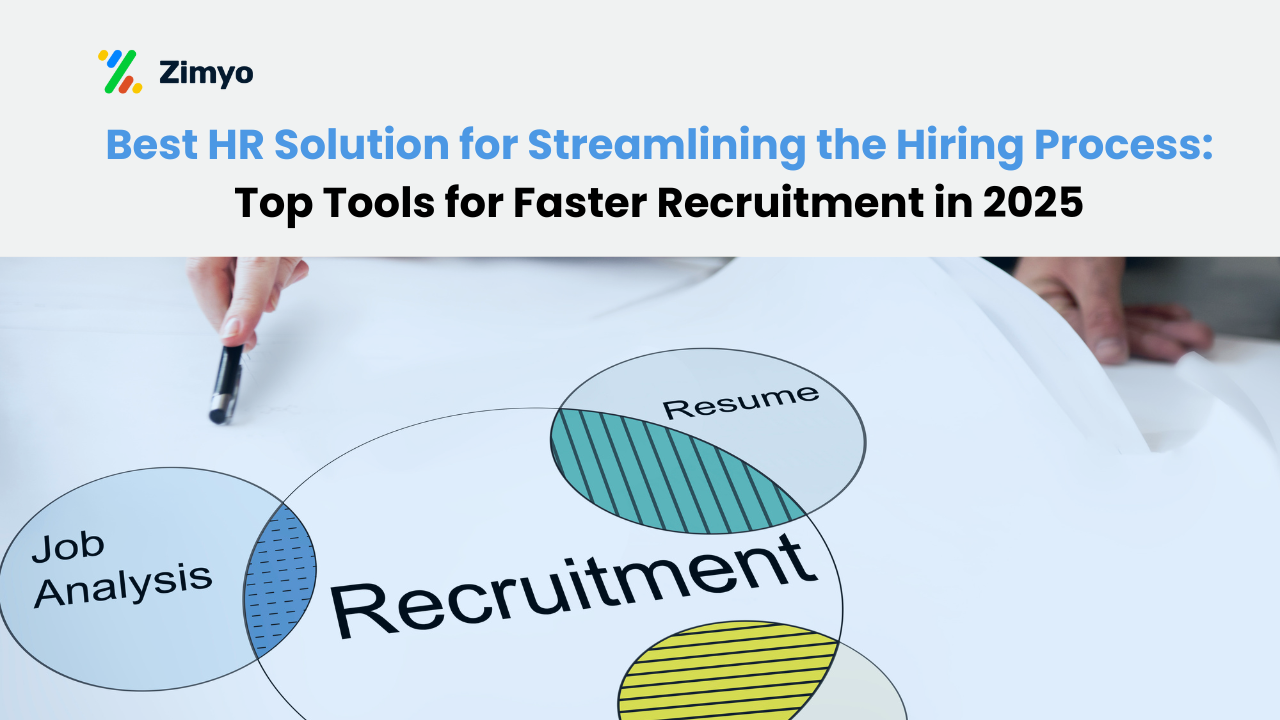SMEs contribute 51% of the annual turnover of the private sector in the UK, recording a whopping £1.9 trillion[1]. This is an indication of the growing dominance and importance of the sector. However, for employers, this poses a challenge – attracting and retaining top talent. Human capital is one of the most important of the quadrants for success of a business, and cherry picking the right candidates can sometimes be the difference between spectacular success and ambling along. You may have the most innovative concept, or a business model that is unrivalled, or you may offer products or services at the most competitive of prices. But, without effective employee retention strategies in your business, you may find fault lines appearing in your model, and complete success may remain elusive. Here are a few techniques that you need to deploy to attract and retain top talent.
Active and passive candidates
The vast pool of employable candidates notwithstanding, many businesses find it difficult to get the best fit for certain if not all roles. This is entirely because of the almost mechanical predisposition to look for active job seekers/candidates. When hiring for startups, it is always a good idea to have a talent acquisition strategy that looks at a mix of passive candidates. This will bring in while load of benefits. A passive candidate is obviously one who is well set in a job, which possibly means that the employer is satisfied with the potential, ability and contribution of that employee. If you could head hunt and get a well set employee into your business, you can be sure that the employee will bring skills and experience from the existing position to your table. And with the right motivation, you can trigger a spark in the candidate to outperform himself or herself, and to create value to your business. This scenario is not theoretical, it is empirical, because the candidate feels wanted in your business when you head hunt and roll out a good offer.
The right fit : look at ‘need to have’ and ‘nice to have’ qualifications/qualities/experience
One of the biggest reasons for employee churn and termination, is having the wrong person in a role, when you hire top talent. Getting the right fit for your business needs to be not just a primary goal, but an obsession to either get the right person or train the inductee to fit and fill the role perfectly. Job descriptions are often the villain in the piece here. A JD needs to be drafted with care and not mechanically. The internal HR/hiring team/head hunter for startups needs to go over the job responsibilities, the requisite qualifications, experience and growth potential carefully, to put together a JD with a proper ‘need to have’ and ‘nice to have’ desired qualities. Most JDs club the pre-requisites together, which ends up ruining the chances of finding a near perfect fit who could have been trained to fill the slot. For instance, the candidate may have all the need to have qualities and some of the nice to have qualities. Due to the merging of the two in the JD, an HR application or a scrutiny by humans would consider all pre-requisites as ‘need to have’. Resultantly, the candidate would end up not meeting all the ‘requirements’. This little differentiation helps in filtering out candidates and getting the best in.
Cross training and continuity training for motivation and building bench strength
A sizable percentage of employees tend to leave well paying jobs and look at other roles because of a lack of interest beyond a point. This is entirely because most humans love to be challenged. When roles become monotonous, the best employee may become disinterested and may be willing to join other roles that throw challenges. Morale is not only about pay, perks and culture in a business. It is also about motivation and challenges. And one of the most powerful tools and techniques that form part of effective employee retention strategies are training. Training here refers not just to the induction training, but cross training at regular and frequent intervals. The training sessions need to be engaging and offer value to the participants. Each participant must acquire additional and interesting knowledge from the session, which should improve their skills, lending them the confidence to assume greater responsibilities or additional responsibilities in the business. This has the additional effect of creating a strong bench strength for roles that may turn vacant in related positions, which can be filled by the cross trained employees.
Succession planning in a manner that offers scope for growth
All businesses need to have a succession strategy in place. With the possible exception of the top hierarchy in family run small businesses, all other employees will, at some point or the other move up or move out. Their positions need to be filled, and by having a proper plan in place, and by involving all related stakeholders in a transparent manner without bias, or perceived bias, it is possible to keep levels of disgruntlement low. While it is impossible to eliminate churning or disgruntlement in an organisation, it is certainly possible to keep it very low, which will help in keeping morale high. High morale contributes to not just the productivity, but is contagious in nature, fostering a better culture and teamwork among different resources. Many functions in HR are somewhat similar to legal jurisprudence, where ‘justice should not only be done, but seen to be done’. This is possible only by a transparent and effective succession planning strategy.
Attractive package, including perks and sponsored courses
Loyalty needs to be earned. An employer who earns the loyalty of his employee is one who will find it easier to handle good and bad market cycles easily. Without the loyalty of employees, a business can expect a mini exodus of sorts when things go wrong. One of the most important factors that employees look at in a job is the package. The perks that are offered to an employee make a lot of difference. The manner in which the pay and perks are structured are important as it would invariably involve a tax component. Businesses need to offer employees the best package possible, while helping reduce the tax liability. One important aspect that needs to be considered when hiring for startups is the offer of sponsoring professional courses. Dangling this offer is sure to help woo candidates easily. This will be a win-win situation, because the skills can be used to improve productivity and loyalty to the business.
Exit formalities help understand and possibly bring employees back
An exit interview, needs to be part of standard policy. Understanding the exact reasons behind attrition is of great importance and will dispense with assumptions that can be misleading. If you are looking at effective employee retention strategies, you need to plug the little gaps that aggravate employee churn. And feedback is the foundation to mitigate the reasons that cause attrition. When you hire top talent, you should have a suitable policy which will ensure that the talent remains with you and does not take flight due to improper work culture or practices. Another advantage of an exit interview is the probability of getting the employee back into your folds after a brief hiatus. Of course, this will entirely depend on your policies. If your business does not follow a policy of not-hiring-an-employee-who left, then you can demonstrate to the exiting employee that grievances are being redressed, to make the workplace more accommodating and flexible.
Create a vision and presence for your business that will appeal to prospects
Candidates are keen to join businesses and organisations that have a vision, a brand, a presence that appeals. Very few will like to work for a dull and dreary setup. The possible exceptions are desperate job seekers who are willing to take up any work. And if you are looking to hire top talent, or if you are a head hunter for startups, you certainly need the right fit, and not just any fit. To do so, you need to create a vibrant presence for your business, that will appeal to a prospect. This will help him or her to envision an employment that has milestones in the journey, which takes him or her to the next and more exciting levels. Regardless of the plans of a candidate about switching jobs after a particular period of engagement, every candidate wishes to be associated with a business that is appealing within each domain.
Before you begin hiring for startups, you need to be aware of the techniques necessary for attracting the best talent to all roles, while ensuring that there is no flight of talent. An effective strategy to select, to cherry pick the best candidates, needs to be complemented with the right package and culture at the workplace. A good succession plan, continuous training for motivation and proper meaningful exit formalities need to be part of HR practices in a business for better business health and success of ventures.
[1] https://www.fsb.org.uk/media-centre/small-business-statistics






